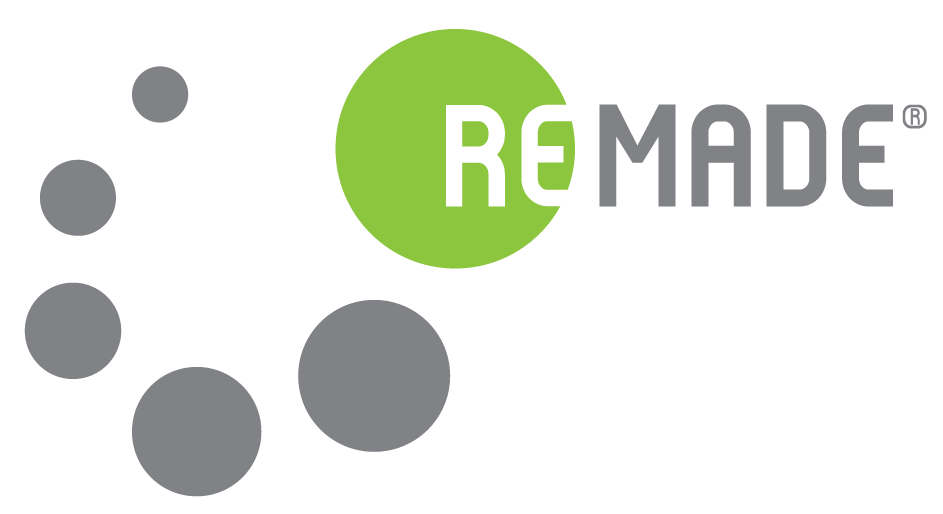Batteries are an important source of energy and one of the key drivers of sustainable development, green mobility, clean energy, and climate neutrality.
Demand for batteries is steadily increasing, particularly for electric vehicles used in road transport and light-duty battery-powered vehicles, making the battery market increasingly strategic on a global level.
Regulation (EU) 2023/1542 on batteries and waste batteries aims to prevent and mitigate the negative environmental impacts of batteries, while ensuring a safe and sustainable value chain for all batteries.
It takes into account the carbon footprint of the battery production process, the ethical sourcing of raw materials, and supply security, while also promoting reuse, repurposing, and recycling.
Article 8 requires documentation certifying the percentage of recycled content in batteries, and starting from 2031, batteries must meet mandatory minimum recycled content thresholds.
In particular, starting from 18 August 2028, industrial batteries with a capacity greater than 2 kWh (excluding those with exclusively external storage), electric vehicle batteries, and automotive batteries whose active materials contain cobalt, lead, lithium, or nickel must be accompanied by documentation containing information on the percentage of cobalt, lithium, or nickel present in the active materials and recovered from battery manufacturing waste or post-consumer waste, and on the percentage of lead present in the battery and recovered from waste, for each battery model, per year and manufacturing plant.
From 2033, this also applies to batteries for light means of transport.
Minimum recycled content percentages are also established – specifically, the percentage of cobalt, lithium, or nickel recovered from battery manufacturing waste or post-consumer waste, and the percentage of lead present in the battery and recovered from waste – for each battery model, per year and manufacturing plant:
a) 16% cobalt
b) 85% lead
c) 6% lithium
d) 6% nickel
These percentages will be mandatory from 2031; starting from 2036, they will be further increased.
Starting from 18 February 2027, batteries must be marked with a QR code (labeling) which allows, among other things, access—for automotive batteries—to information on the amount of cobalt, lead, lithium, or nickel recovered from waste and present in the battery’s active materials (Article 13, paragraph 6).
The rules concerning recycled content apply both to batteries produced in Europe and to those imported.
Article 56 establishes extended producer responsibility for batteries made available on the market by producers.
Provisions are also included concerning green public procurement (Article 85), according to which contracting authorities must take into account the award criteria for procurement procedures for batteries, based on the sustainability requirements of this Regulation.

